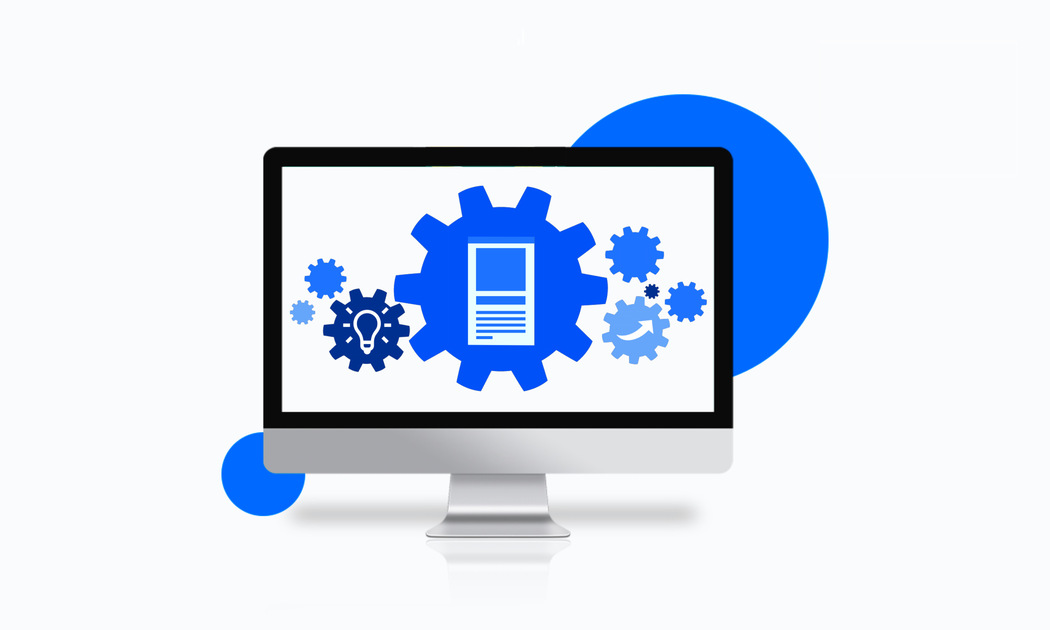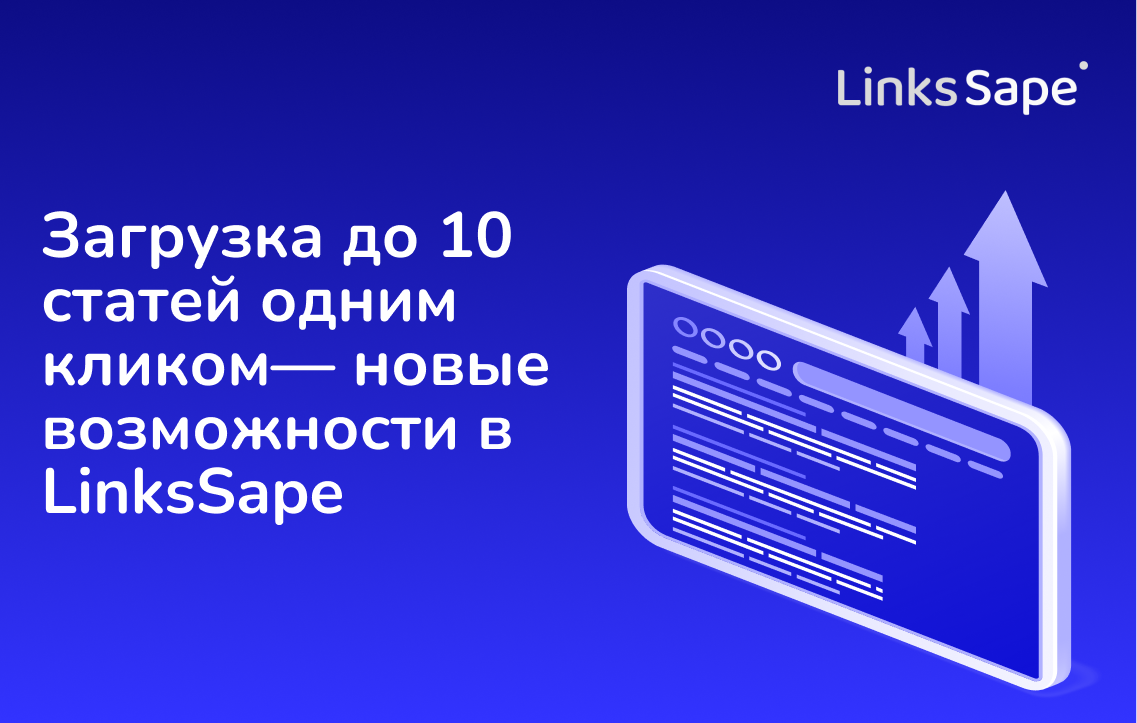On December 3rd, Google announced that they were rolling out the latest Core Update. For two months SEO-specialists have received quite a lot of useful information. We gathered what is already known from public sources. The global conclusion: there is no way to pretend that nothing has happened.
What are we talking about?
Every year Google shuffles its search results. The leaders get pessimized pretty quickly and the lucky ones take their places in the top 10. And now the balance of power has changed again.
The Google Core Update December 2020 is the classic "broad core update" that the search engine releases every few months. This is the third update for 2020. The first one was in January 2020 and the second one was in May 2020.
The announcement. Here is Google’s tweet announcing it, where Google said “later today, we are releasing a broad core algorithm update, as we do several times per year. It is called the December 2020 Core Update.”
So far, this is the biggest update since May 2020. And it's not aimed at a specific region or country, it's a general update for sites in the Google index that affects everyone. According to the Moz temperature meter, the update was almost as significant as the May update:
Gradient of updates 2018-2020 (table comparing the strength of fluctuations in algorithm updates (moz.com))
What’s changed in the search engine output
Spoiler alert: a lot of things. According to RankRanger, the ranking was given a good shakel. The chart below compares the December and May updates:
For the top 20 positions on Google, the fluctuations have doubled since the May 2020 Core Update.
According to the SEMrush sensor, the largest fluctuations in search results were noticed on December 4 and December 18:
The bad news: even stable sites were shaken up in the rankings. Half of the resources that responded to the update had traffic of a million or more.
Another problem was that Google rolled out the update in December - a consistently profitable month for companies. Analysts estimated that travel, retail and real estate lost the most.
Fluctuating rankings by niche (searchengineland.com)
Who's luckier? If you look at the top pages that have benefited from the update, you can see that most of them are loans, rentals, home equity loans. These are so-called YMYL-resources (from the English "Your Money - Your Life") - sites from topics affecting the health, well-being, safety and financial stability of users.
According to moz.com, the pages that have gained the most traffic are from those industries:
- +126% — https://www.cashnetusa.com/paydayloans.html
- +65% — https://www.trulia.com/rent/
- +53% — https://turbotax.intuit.com/tax-tools/calculators/taxcaster/
- +41% — https://www.whitepages.com/person
- +38% — https://www.nerdwallet.com/mortgages/mortgage-rates
- +33% — https://www.bankrate.com/calculators/mortgages/…
- +26% — https://www.wellsfargo.com/mortgage/rates/
- +23% — https://smartasset.com/mortgage/mortgage-calculator
Why the position changes after a Core Update
Changes in search algorithms can affect the position of any site on the Internet. The update was primarily aimed at increasing the impact of E-A-T factors. They are the criteria by which Google evaluates YMYL sites: expertise, authority and trust.
Core Update, as a good advisor, shows if there are critical errors in the resource. If it finds them, it will cut the traffic with a smile and without anesthesia. Well, if you have listened to all the recommendations of the Assessor's manual, followed the criteria of E-A-T, everything will be fine.
There is a third option: you did everything right, but the positions and traffic have not changed. Then go through the search engine checklist.
Google suggests that those who have been fined focus on the quality of the content offered and read the tips that are published on the blog. This is not a guide to action, but questions that need to be answered honestly:
- Does the site offer original and valuable content?
- Do the headlines and descriptions match the content on the page?
- Are users willing to share their content with friends?
- Are there any errors on the site?
- Does the site display correctly on all devices?
- Does the site provide additional value compared to competitors?
- Does the content meet users' needs and expectations?
And if the answer to any question is no - urgently fix the flaws.
And seriously: what to do if the Core Update is crushing the site
Wait until the tests are complete. Wait a few weeks before completely changing your SEO strategy. A drop in traffic may only be a brief blip before a long uptrend.
Bet on the quality of your content. The best thing to do in this situation is to post as relevant information as possible. Your ranking position depends on many ranking factors. The most important one is content. The higher quality it is, the better.
Keep an eye on UX. User experience (UX) is gradually becoming a key advantage. Make sure the page is neatly laid out and free of unnecessary elements.
How to go on living
Calm down, everything has already happened. You should not take radical actions, such as completely revise the content on the site or abandon your previous strategy. Make improvements, improve external and internal factors, and obtain quality links. There is no need to stop buying links. According to our data, the Google Core Update does not correlate in any way with the links bought from Sape.
Updates come regularly, but if you focus on users needs, help them find answers to their questions and create professional content - you won't be afraid of even the most radical "experiments" by Google.



















